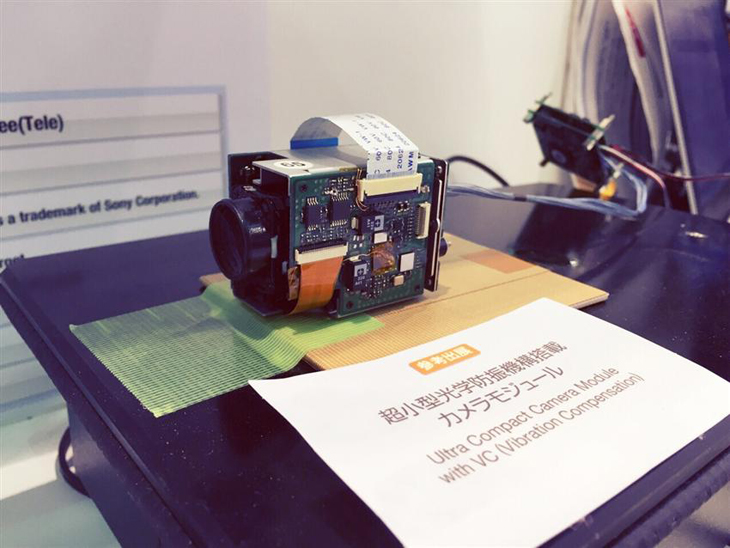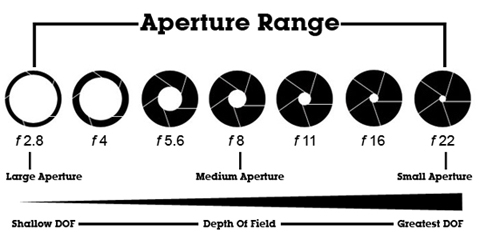
IP Camera Lens: DC Iris, P-Iris, Aperture, Depth of Field
Lenses play an important role for high quality image capturing in a surveillance system, especially in the mega-pixel IP world. The performance of IP camera highly relies on the lens quality. Normally, conventional IP cameras utilize fixed lens, or vari-focal lens to provide standard quality images. For high-end market, some manufacturers developed and launched IP cameras equipped with auto-Iris and P-Iris lens.
What is Iris?
The iris is the part of the camera that has an adjustable opening to allow light to enter and fall upon the image sensor (i.e. CCD, CMOS). If the Iris creates a larger opening, more light can get through; a smaller opening allows less light through. The aperture is the size of the opening in the iris.
Aperture is measured by F-Stop on your camera controls. A small F-Stop is a large aperture opening and a large F-Stop is a small aperture opening. Because a smaller aperture limits the amount of light entering the lens, a large F-Stop also requires more light to properly expose an image.
To know the relationship between F-Stop/Aperture and Depth of Field is:
- Large F-Stop = Large Depth of Field = More Light Needed
- Small F-Stop = Small Depth of Field = Less Light Needed

Auto Iris
Auto-Iris is motorized lens, with the ability to adjust the iris to keep constant video level, is good for environment where lighting condition may vary. Compared with Fixed or Manual Iris lens, Auto Iris lens used more advanced technology, camera with an Auto Iris lens are often more expensive. There are two types of Auto Iris lens:
- DC Iris: controlled by direct-current (DC) driving signals from camera.
- Video Iris: controlled by video signal with separate power from camera.
P-Iris
The "P" in P iris stands for "precise" because the iris uses both the ability to automatically adjust like an auto iris with controls in the camera’s software to create improved video clarity and depth of field. IP camera adopts the most advanced iris control technology - P Iris, which allows keeping an accurate and consistent sharpness and depth of view.

P-Iris is a new type of iris control that is both automatic and precise. Unlike a DC-iris lens, the main task of the P-Iris control is not to continuously adjust the flow of light through the lens. The primary objective of P-Iris is to improve image quality by enabling the optimal iris position to be set so that the central and best-performing part of the lens is used most of the time. This position, expressed as a specific f-number, is where the lens performs optimally, where many optical errors are reduced, and where image quality (with regards to contrast, resolution and depth of field) is at its best. This is the default setting in an camera with P-Iris.
In conclusion, P-Iris is better than DC Iris; when can precisely control the aperture, it can solve the depth of view problem, currently there are several lens manufacturers launched P-Iris lens, both P-Iris and DC Iris adopt the same 4PIN connector, but they are different in pin function: P-Iris (A+, A-, B+, B-); DC-Iris (Cont-, Cont+, Drive+, Drive-).
Reference: http://www.unifore.net/ip-video-surveillance/ip-camera-guide-how-to-select-a-megapixel-lens.html
Get My Latest Posts
Subscribe to get the latest updates.
Your email address will never be shared with any 3rd parties.
Tags: IP Camera